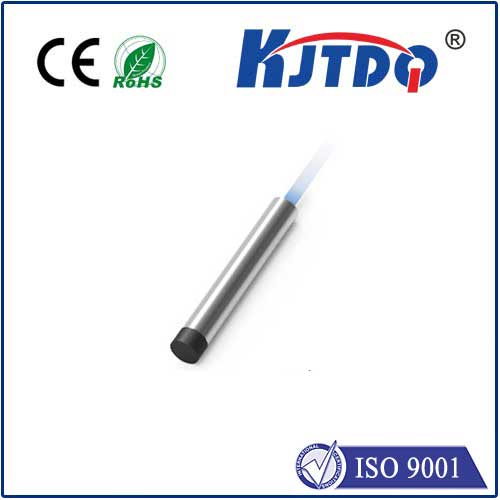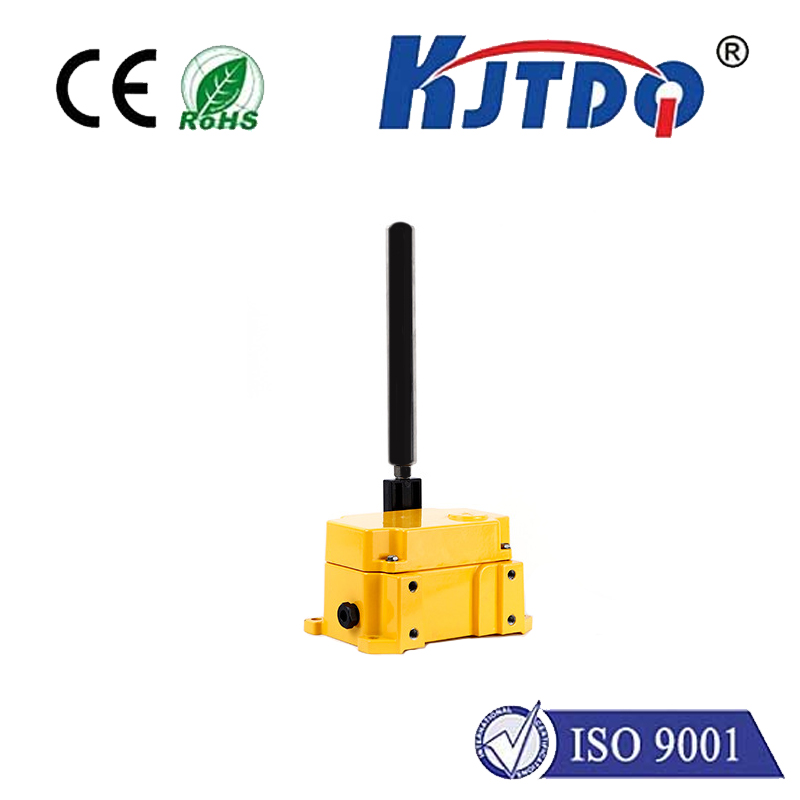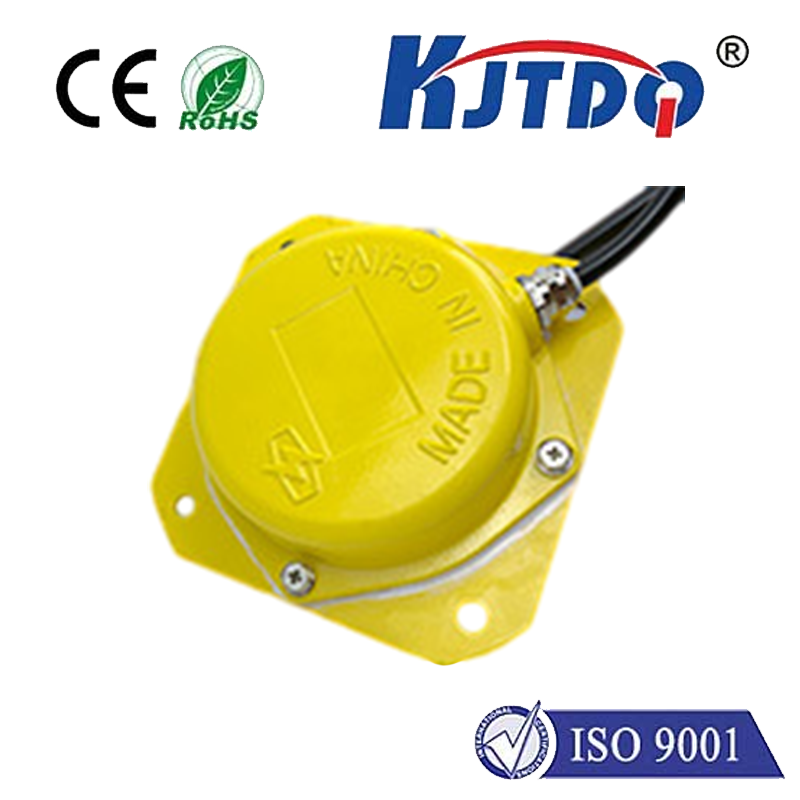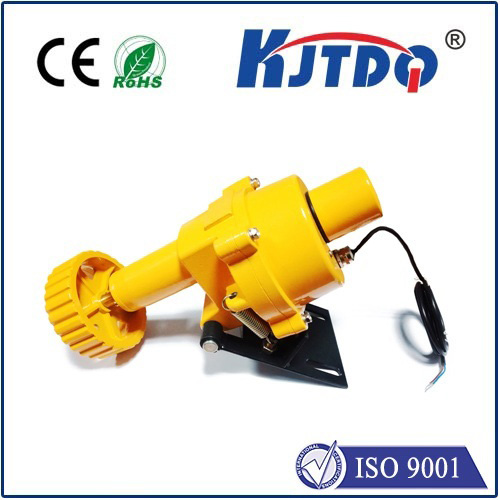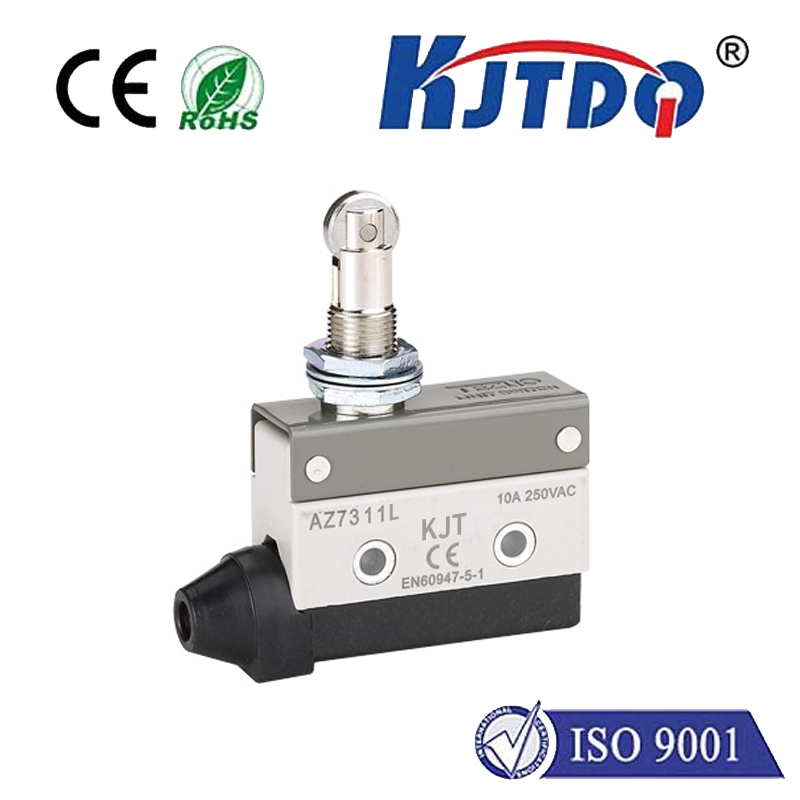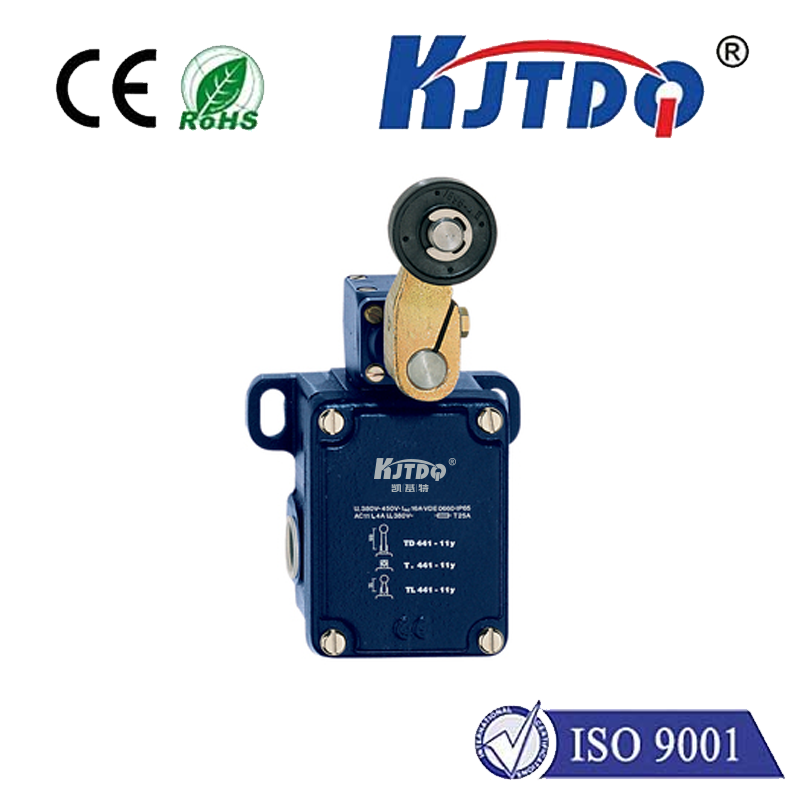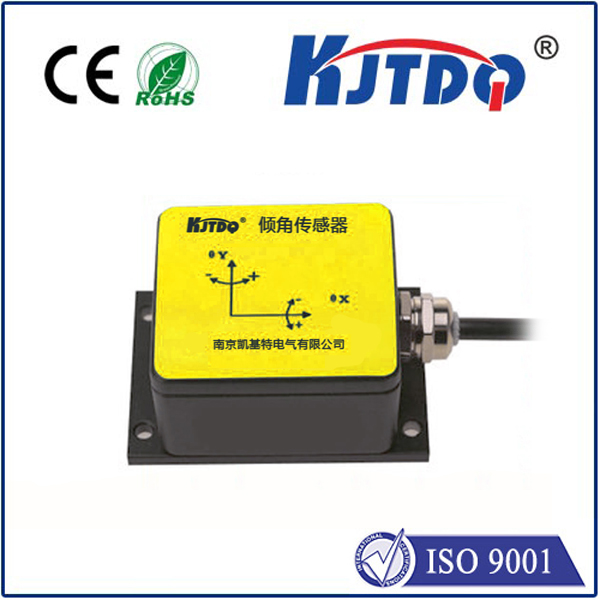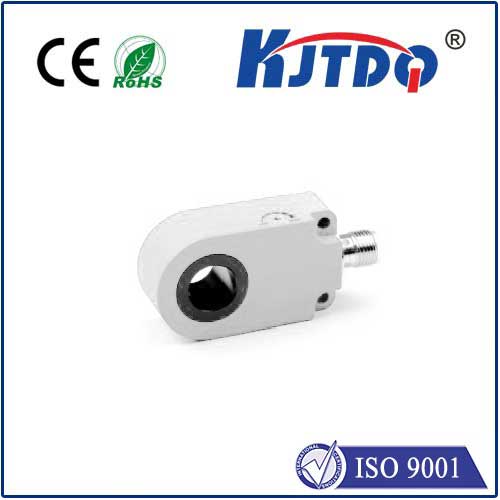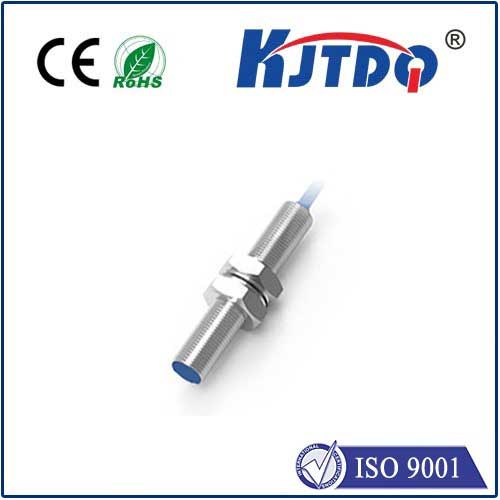

check

check

check

check

check

check

check

check

check

check
Title: Understanding Photoelectric Proximity Sensors
Introduction
Photoelectric proximity sensors are a type of sensor technology that utilizes the principles of optics to detect the presence or absence of an object. These sensors have become increasingly popular in various industries due to their accuracy, reliability, and ability to work in harsh environments. In this article, we will delve into the basic concepts of photoelectric proximity sensors, their applications, and how they work.
Basic Concepts of Photoelectric Proximity Sensors

At its core, a photoelectric proximity sensor consists of a transmitter and receiver unit. The transmitter sends out a beam of light, usually infrared or visible light, which is then detected by the receiver when it bounces back after hitting an object. When the receiver detects changes in the reflected light pattern caused by an object's presence, it triggers an output signal indicating detection. This output can be used to control other equipment or systems.
Applications of Photoelectric Proximity Sensors
Photoelectric proximity sensors are widely used in various industries such as manufacturing, automotive, packaging, robotics, and more. They are particularly useful for detecting objects in difficult conditions where other types of sensors may fail. For example, they can operate effectively in environments with high temperatures, dust, steam, or smoke. They also offer advantages such as long sensing distances, small size, non-contact operation, and high speed.
How do Photoelectric Proximity Sensors Work?
Photoelectric proximity sensors use either through-beam or retro-reflective technologies. In through-beam systems, the transmitter and receiver units are placed opposite each other on either side of the area being monitored. If an object passes between them, the beam is interrupted, and the receiver unit triggers an alarm or control signal. Retro-reflective systems use only one unit containing both the emitter and detector. These units project light onto special reflectors positioned at specific angles. When an object enters the beam path, it reflects light back to the receiver unit, triggering an output signal.
Conclusion
Photoelectric proximity sensors are versatile tools that provide reliable and accurate object detection in challenging environments. With their ability to operate under extreme conditions and their non-contact nature, these sensors have become essential components in many industrial applications. By understanding how they work and their advantages over other types of sensing technologies, we can better appreciate their value and potential uses in solving complex sensing challenges
